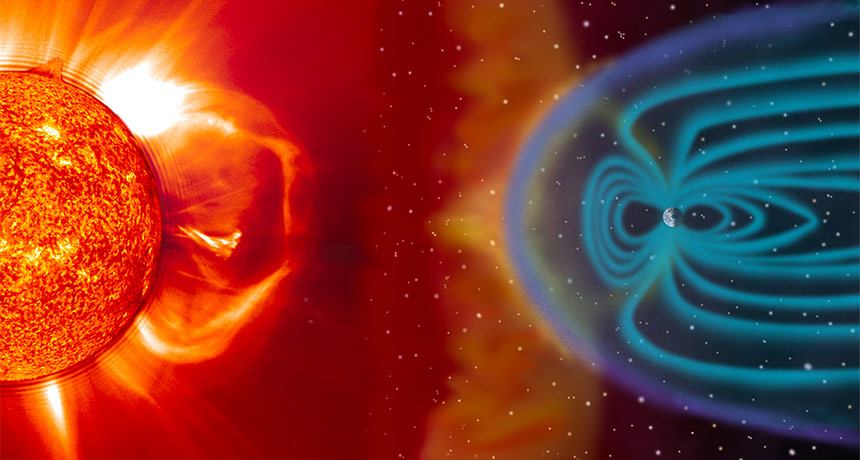The Northern
Lights are going south this weekend. A geomagnetic storm, caused by a cloud of
charged particles ejected from the sun, may bring the aurora borealis as far south
as Iowa, Colorado and Washington on Saturday, as these particles bombard Earth,
according to the National Oceanic and Atmospheric Administration’s Space
Weather Prediction Center.
“If the
storm is oriented properly, we could have a chance for auroras for several days
after impact,” said Tamitha Skov, a space weather scientist based in Los
Angeles.
Auroras form
when charged particles from the sun collide with Earth’s atmosphere. When there
is an influx of charged particles during geomagnetic storms, this can
supercharge the aurora’s glow, according to Terry Onsager, a physicist at the
Space Weather Prediction Center.
“It’s like a
big battery driving electricity through the Earth’s system,” he said. “And when
that flows through the atmosphere, the atmosphere glows like a neon light.”
The
particles are the result of a coronal mass ejection, an outpouring of plasma
from the sun’s atmosphere that was detected by NOAA on Wednesday.
“This is
exciting news, considering we haven’t had a decently sized Earth-directed solar
storm launch for quite some time,” Skov said, adding that geomagnetic storms
are less common during the current period of the sun’s 11-year activity cycle.
Onsager said
the storm could arrive Saturday morning, which means it may not be visible. But
he and Skov both said that prediction could change.

Comments
Post a Comment